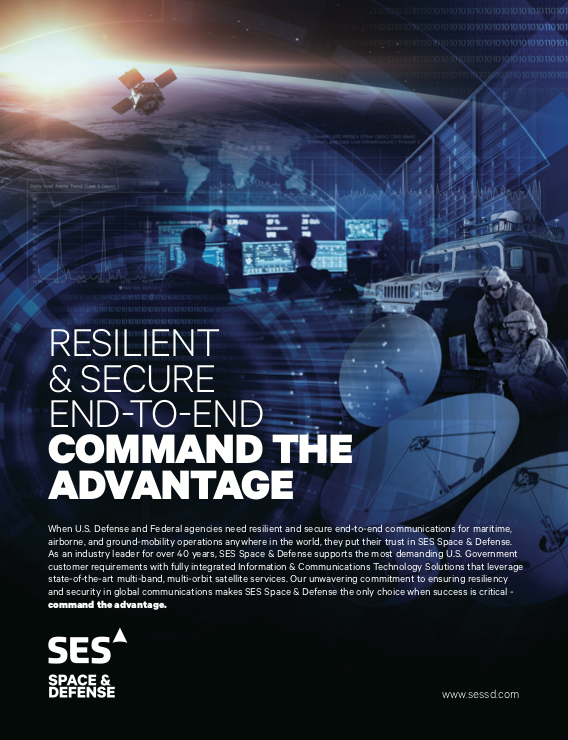Space Systems Command leads USSF-Japan partnership for improved Space Domain Awareness (SDA) for both countries Pace-setting, path-finding Quasi-Zenith satellite system hosted payload is first in emerging Affordable Layer acquisition strategy.
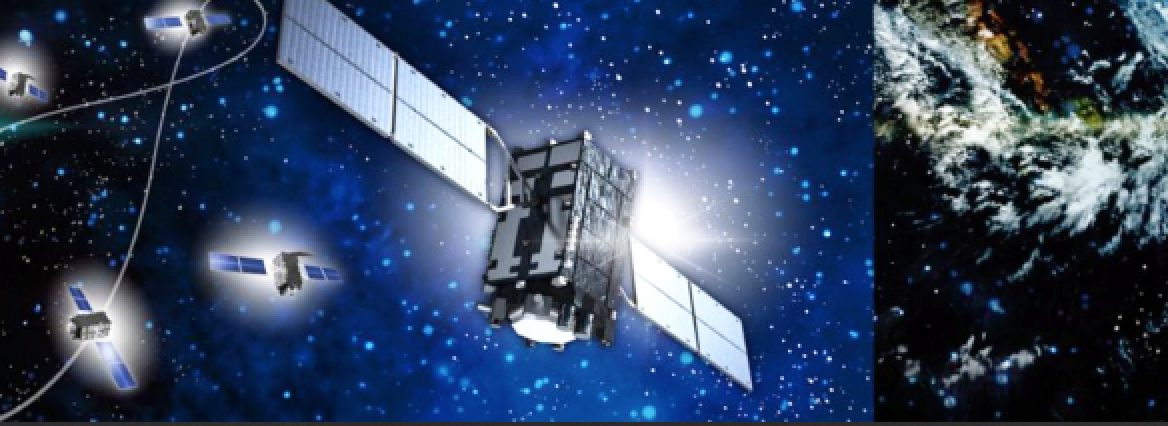
Space Systems Command (SSC) has delivered two, U.S. Space Force (USSF), sensor payloads to Japan, as part of a unique partnership agreement — using the field command’s new and emerging Affordable Layer acquisition strategy — that will lead to improved space domain awareness (SDA) for both nations.
The first sensor payload was delivered in January and successfully integrated with the Japanese host satellite (QZS-6) in April.
The second was delivered in May and will be integrated onto a second host satellite, QZS-7. Both payloads were developed by MIT Lincoln Laboratories (MIT LL) and will be hosted on Japan’s GEO-based, Quasi-Zenith Satellite System (QZSS).
Simply put, the U.S. is integrating U.S.-developed sensors into a Japanese-developed satellite and ridesharing on a Japanese-developed launch vehicle.
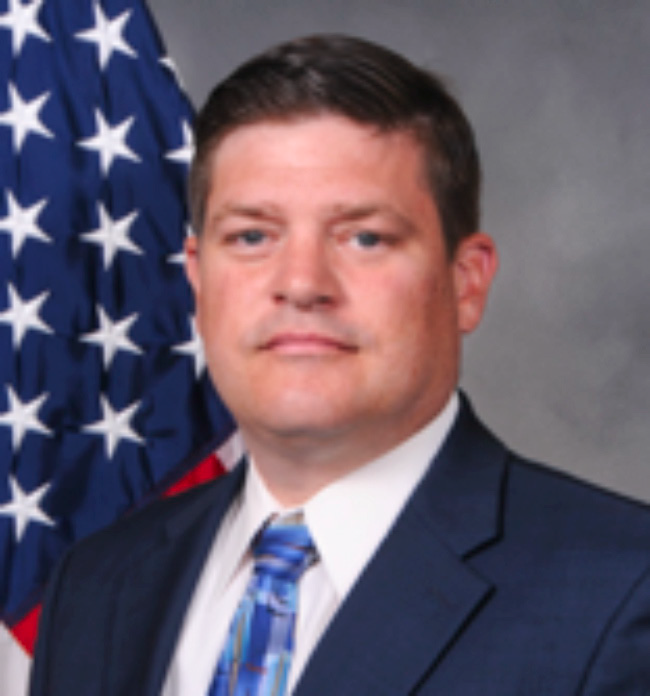
F Schnell
“International partnerships are important to the United States because that’s where our strength lies,” said F Schnell, director of acquisition, SSC Space Domain Awareness Delta.
“It lies in the U.S. and partner nations sharing the full brunt of accomplishing tasks and missions, and having diversity of thought, capabilities, and requirements.”
“Additionally, allied participation allows us to defray costs, incorporate different perspectives and different capabilities,” Schnell continued. “It also makes our adversaries have to look at situations differently. That is truly the benefit of having allied, like-minded partners coming together and saying, ‘This is what’s best for our mutual defense and assurance.’”
About QSZZ-HP
• Demonstrates ability of the U.S.-Japan alliance to extend to space.
• Contributes to the U.S. Department of Defense’s broader integrated deterrence posture against shared adversaries in the Indo-Pacific
• Extends Space Domain Awareness capabilities
• Foundational for future space cooperation opportunities with Japan
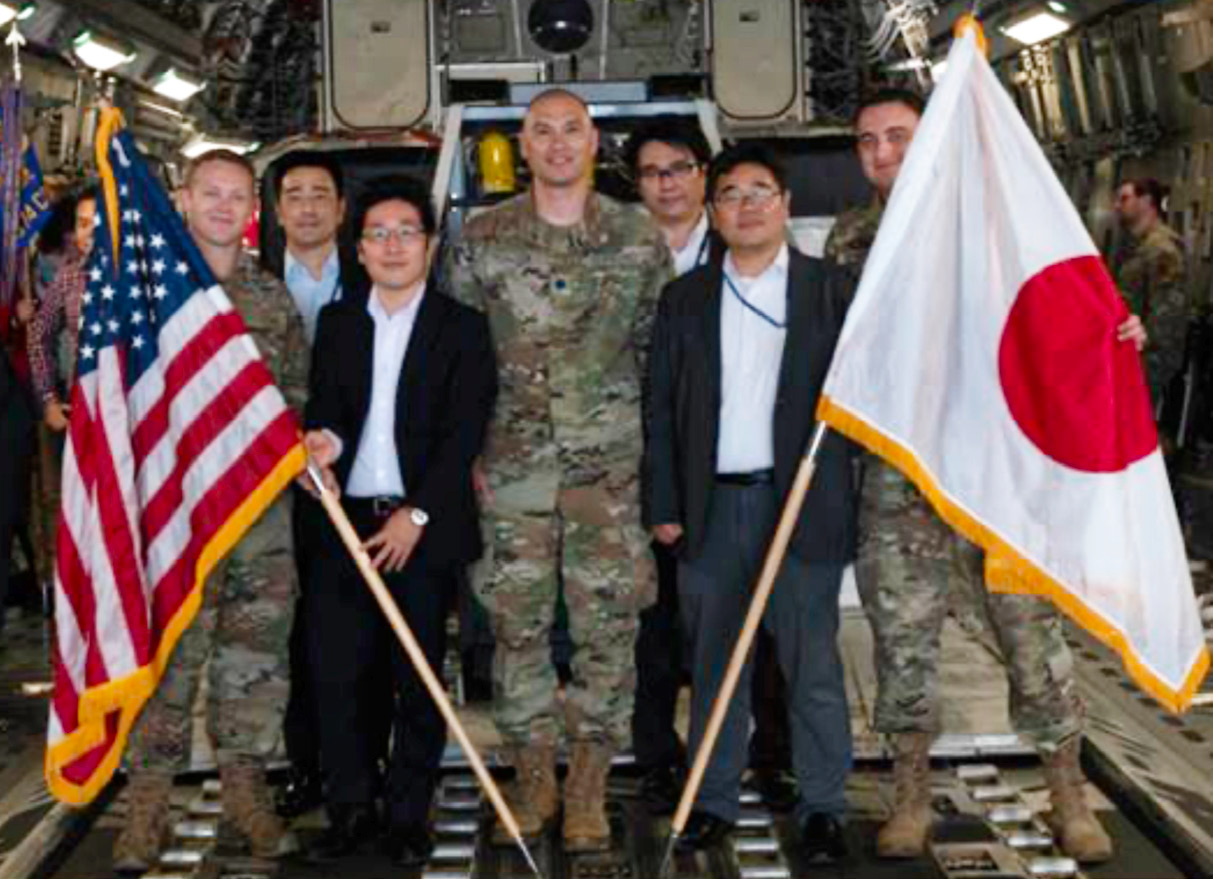
Lt. Col. Brian Fredrickson, Space Domain Awareness Delta
program manager of Space Systems Command’s Quasi-Zenith
Satellite System Hosted Payload (QZSS-HP), Capt. Alex
Woodard (left), deputy program manager and Capt. Jacob
Schneider (right), chief engineer, Hosted Payloads, along with
representatives from the Japanese National Space Policy
Secretariat, mark the successful delivery the second of two Space
Domain Awareness sensors at Yokota AB Japan that will be
hosted on Japanese satellites to build SDA capacity and resiliency
System Hosted Payload. U.S. Air Force photo by Airman 1st
Class Jarrett Smith.
Working shoulder-to-shoulder with Japanese satellite builders, testers and integrators on a near daily basis, Meredith Drennan, MIT LL program manager, added, “It has been a very rewarding experience to work with our partners at Mitsubishi Electric Company (MELCO) to define, develop and test two hosted payloads for this first-of-a-kind program. As engineers, our technical achievements and the spirit of collaborative success binds us together.”
QZSS is a Japanese, regional version of the Global Positioning System (GPS). The current constellation consists of four satellites with plans to expand to 11 in number, as recently announced by Japan’s National Space Policy Secretariat (NSPS)
“The quasi-zenith orbit of QZSS is a unique ‘figure-eight’- shaped orbit with a north-south asymmetry and, in this case, optimized for regional coverage over Japan,” said Lt. Col. Fredrickson, QZSS-HP Program Manager.
In addition to deepening the U.S.-Japan Alliance, as well as bolstering the allied integrated deterrence posture, the USSF payloads launched via the QZSS-HP will have concrete, operational benefits. Once on-orbit, both USSF payloads will augment and provide resiliency to the Space Surveillance Network (SSN). The HPs will enhance the USSF’s ability to conduct persistent, time-dominant, volume search at geosynchronous orbit (GEO).
“One of the challenges of SDA is the large amounts of data that must be transmitted, processed, and disseminated in a way that can be effectively used by the warfighter,” Schnell said, adding that QZSS-HP will assist with this challenge as “the hosted payloads will be on satellites with dedicated communications links that will significantly reduce latency, or lag time. “What it highlights is that with senior leader engagement on both sides, anything is possible. It was a high-level interest item for both the U.S. and Japan, and it made going fast a reality.”
SSC has supported the QZSS-HP program as a rapid acquisition and pacesetting partnership effort with Japan since inception in 2018, and the historic, December 2020 Memorandum of Understanding (MoU) between Japan’s NSPS and the USSF that allowed the two countries to break ground and begin execution.
Delivery of the sensors involved USSF’s partnership with Air Mobility Command for safe transit from Hanscom Air Force Base’s 66th Air Base Wing to Yokota Air Base’s 374th Airlift Wing in Japan.
USSF Lt. Col. Ammy C. Cardona, materiel leader of the Air Force Research Lab’s (AFRL) Aerospace Systems Directorate Rocket Demonstration Branch, was one of the first program managers for QZSS after she arrived at SSC in 2018, and also credits leadership support for the success of the program.
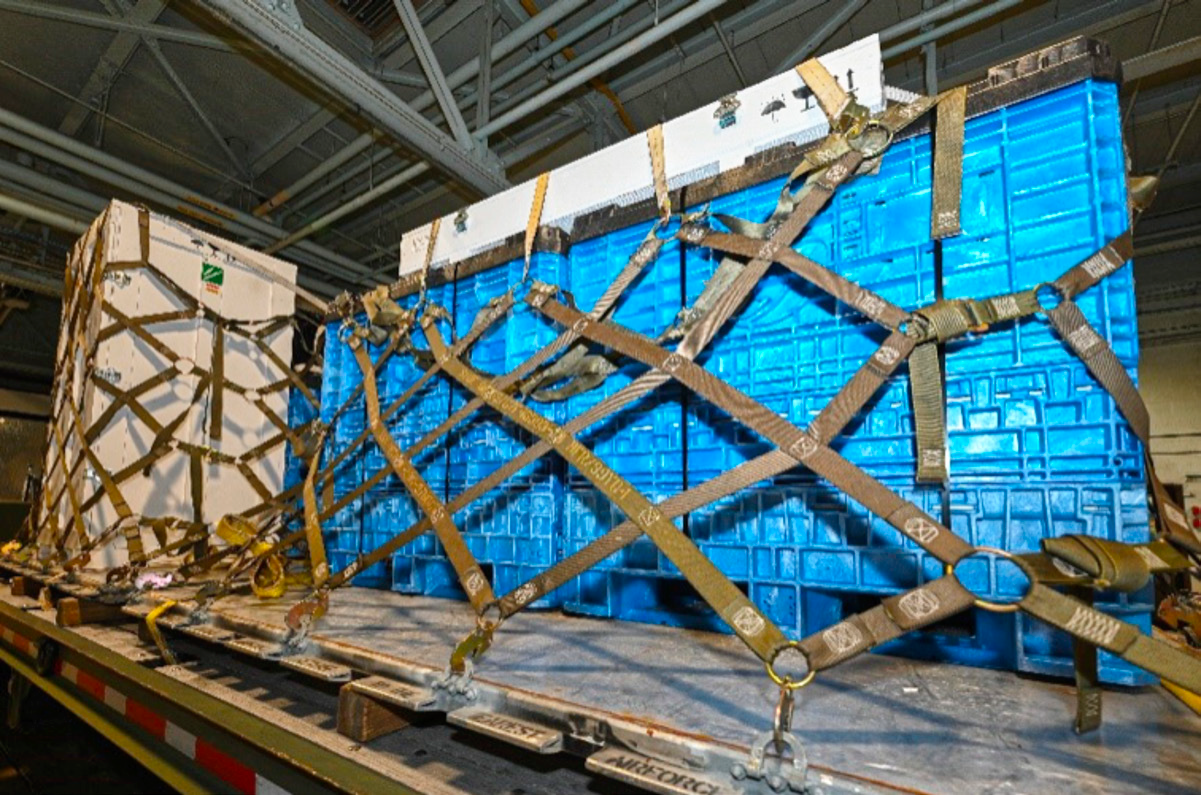
Quasi-Zenith Satellite System components are securely
loaded on a transport vehicle inside the 66th Logistics
Readiness Squadron facility at Hanscom Air Force Base,
Mass., Jan. 5, 2023. U.S. Air Force photo by Todd Maki.
“The collaboration started at home, with the SSC International Affairs team all the way up to the SAF (Secretary of the Air Force) and OSD (Space Policy) — everyone coming together and understanding the point of this mission and enabling a small team at SSC to challenge the standard way of doing business,” Cardona said. “Our success in getting approvals to launch on a Japan-led satellite and launch system and our success in partnering with our Japanese counterparts are why we are here today.”
Cardona said establishing the relationship with their Japanese counterparts early in the mission and working to overcome the language barriers also helped tremendously in the subsequent global pandemic, which cut down on in-person meetings.
Currently, USSF and MIT LL personnel are in Japan to support the integration and test efforts with their Japanese partners, Schnell said. However, improved SDA isn’t the only benefit the USSF will gain with the pioneering partnership with Japan.
“From a technology acquisition perspective, QZSS-HP is a proof-of-concept, a prototyping effort, our first step in an emerging acquisition strategy known as ‘the Affordable Layer,’” Fredrickson said. “Prototyping efforts such as QZSS-HP are intended to drive maturation and confidence of requirements and design for future systems.”
“At present, [space surveillance sensor provider] GEOST is under contract for a QZSS-HP follow-on technology demonstration effort called Oculus. After Oculus, SSC is considering pursuing a follow-on sensor called Sentry. QZSS-HP, Oculus and Sentry all fall under the Affordable Layer umbrella, so QZSS-HP is helping inform the requirements and design for follow-on systems.
“As a Federally Funded Research and Development Center (FFRDC), MIT Lincoln Labs is known for building cutting-edge prototypes that advance various technology areas on behalf of government sponsors; typically, it’s not an FFRDC’s role to stand up a production line to build 10, 20, etc., units,” Fredrickson said. “Therefore, the tech transfer from the laboratory to industry is an important step. In the instance of QZSS-HP, SSC has been very deliberate and forward leaning in “transferring MIT LL tech design to industry.
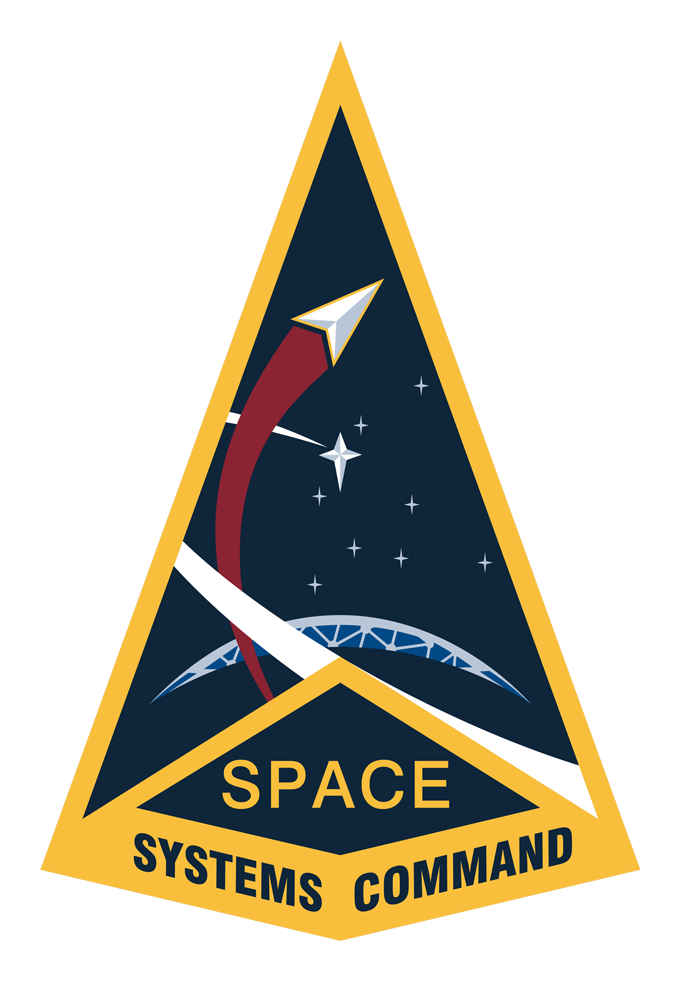
“At the end of the day, QZSS-HP is food for thought for U.S. policymakers and USSF leadership,” Fredrickson said. “This cooperative program with Japan demonstrates an option for scaling integrated deterrence in the space domain with our allies and partners. Concurrently, we can use lessons learned from QZSS- HP to advance and accelerate options for sovereign Free Flier and Hosted Payload concepts with similar payloads and missions. It shows our senior leaders what is in the realm of the possible, but more importantly begs the question… what’s next?”
Space Systems Command is the U.S. Space Force Field Command responsible for acquiring and delivering resilient war fighting capabilities to protect our nation’s strategic advantage in and from space. The Command manages an $15 billion space acquisition budget for the Department of Defense and works in partnership with joint forces, industry, government agencies, academic and allied organizations to accelerate innovation and outpace emerging threats.
Our actions today are making the world a better space for tomorrow.
Contact Space Systems Command at SSC@spaceforce.mil and also follow on LinkedIn. follow on LinkedIn.


